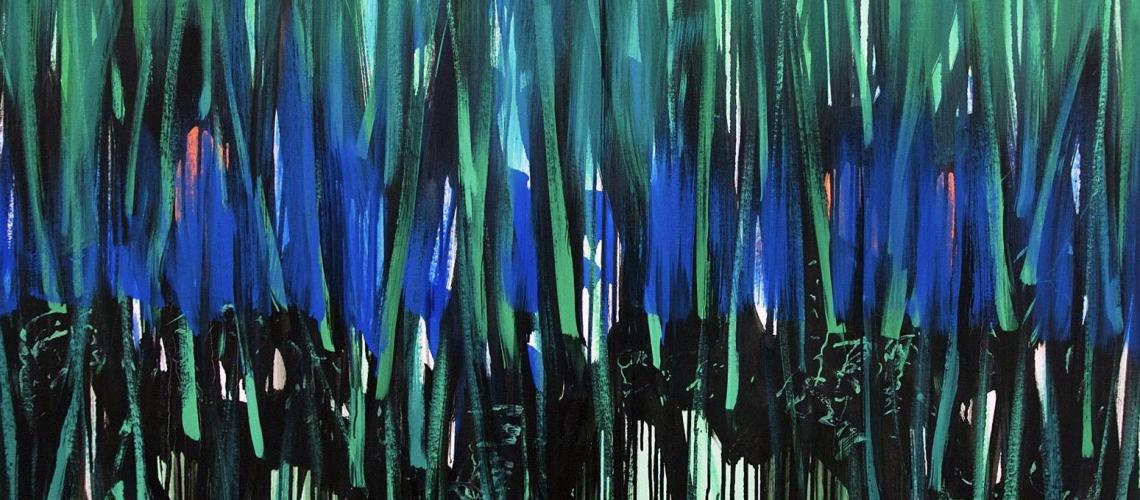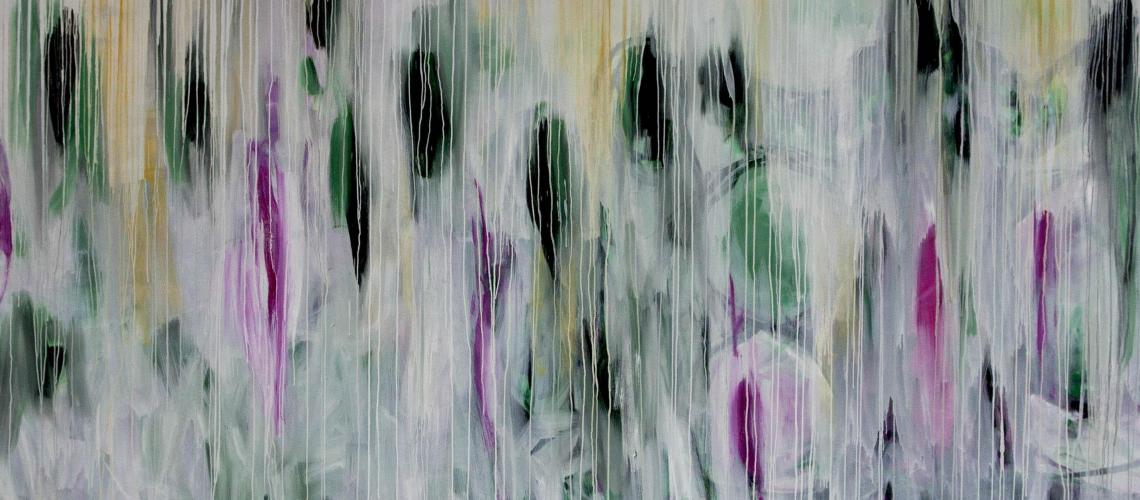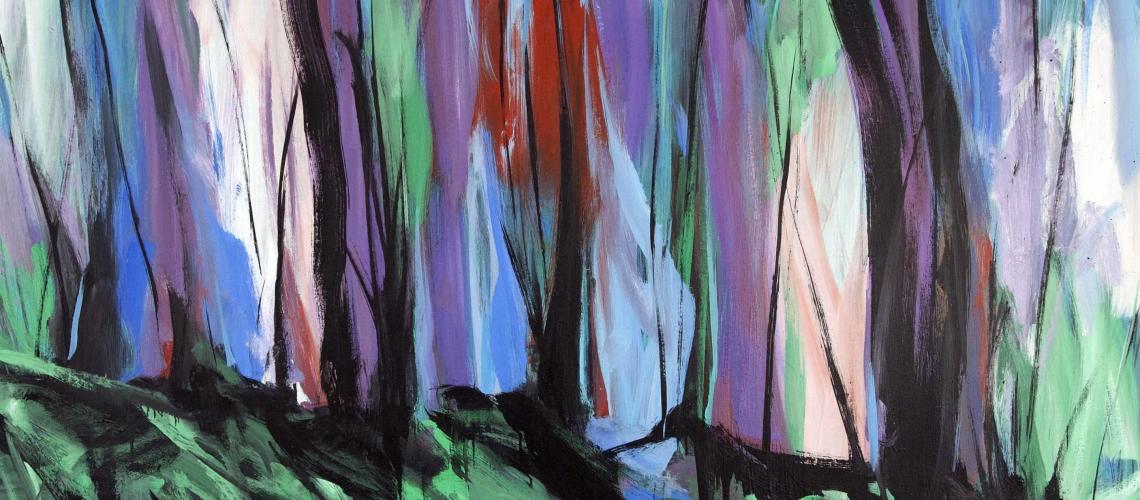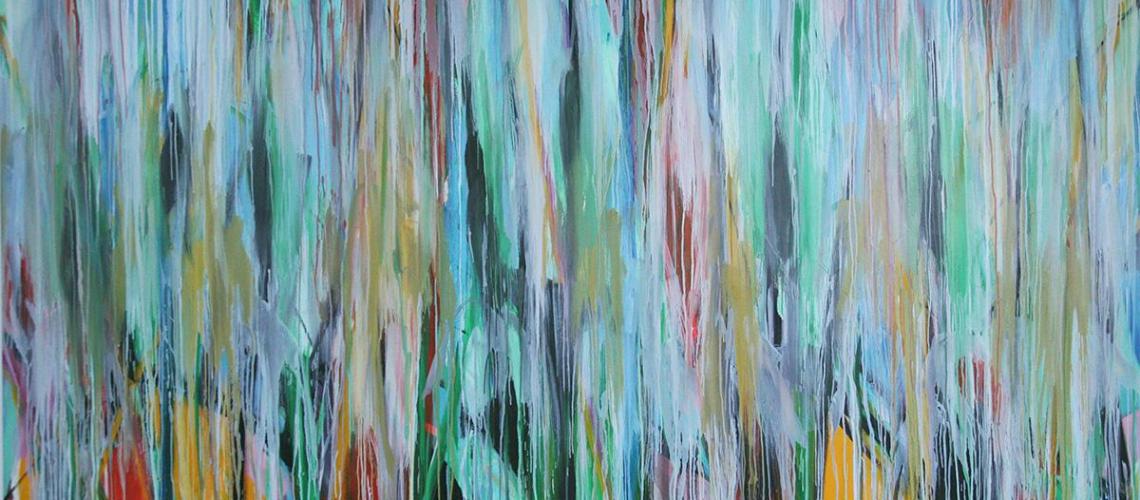Ernst Barlach (1870-1938) is one of the most important German artists of the 20th century. His sculptures, drawings and engravings can be found in collections and museums all around the world. A handred years after it was built, the ‘Güstrower Memorial’ (the floating angel) has become one of the world's most renowned anti-war memorials. During the Nazi era in Germany, Barlach's work was considered ‘degenerate’ and more than 400 of his works were confiscated, dismantled and partially destroyed.
Among the German expressionists, Barlach cut a solitary figure. He avoided cities and towns, did not attend the inaugurations of his exhibitions nor even the premieres of his theatrical works, despite the fact of being one of the most successful play writers of his time. He loved solitude and unspoiled nature, and for 30 years he lived as a recluse in a rural part of northern Germany.
He was suspicious of the blind promises of wellbeing of his time. For this artist, progress should be the path towards a future in which humanist, ethical and spiritual qualities were predominant. He began with peasants and beggars, tramps and hustlers, simple, solitary figures, sceptical and introspective, which he used as a way of standing up to the glorification of the technical, rationalism and materialism, and he rebelled against the rapid acceleration of early industrial society.
The First World War (1914-1918) revealed the aggressive and destructive force of the scientific-technical era. The quests for everything to be bigger, faster, better; cost more than 12 million human lives, not only on the front but also among the civilian population. For Barlach, there were no winners or heroes in this war, only losers. So, in the following decades he never tired of warning of the dangers of war and committing himself to peace. This is not only reflected in his painful and unhappy figures but also by beautiful, hopeful characters such as singers, musicians and dreamers who are able to rise above the disrupted state of the world.
The artist could not have foreseen the wars which followed in the 20th and 21st century, and even less so the consequences of globalisation and the economic and environmental crises which threaten our present. Even so, Barlach’s works still continue to be committed to the transformation of the world today, in a powerful, vigilant, reassuring and inevitable way. Between heaven and earth, between God and man, his artistic work was devoted to this vision, which he described in 1908: “When I am lying down at night and the pillows of darkness oppress me, sometimes I am enveloped in a melodious light, visible to my eyes, audible to my ears. Then the beautiful figures of a better future gather around my bed. Still inert, but very beautiful, still sleeping – but he who awakens them would create a better face for the world.”
The exhibition ‘Ernst Barlach – Figures of a Better Future’ brings together more than 100 works from all the artist’s creative periods in their historical context, among them monumental works such as the 'Güstrow Memorial' and the 'Beggar'. In dialogue with the paintings by Spanish neo-Expressionist Jorge Rando, the exhibition offers a space for reflection, awakness and meditation. It initiates an extraordinary quality of memory and intercultural understanding of historical and current issues.
The exhibition has been organised by the Ernst Barlach Gesellschaft of Hamburg in cooperation with the Museum Jorge Rando in Málaga and it is being held from 14th December 2015 to 26th March 2016. We would like to thank all those who have loaned works, especially the Ernst Barlach Lizenzveraltung Ratzeburg and the Ernst Barlach Museums of Wedel and Ratzeburg.
If the artist were only to shows only that which is mystical, it would be useless, it would only tell the audience that it should stay in the mist, but if the artist is able to present the mystical in such a way that it becomes an everyday thing, then he has managed to convert the ordinary into something infinite.Ernst Barlach









